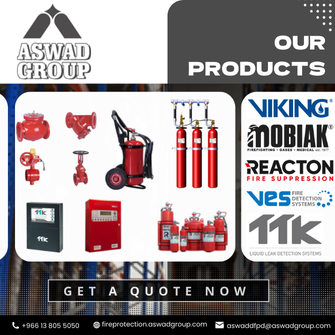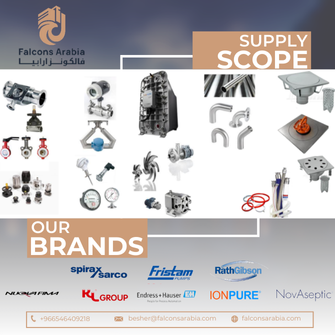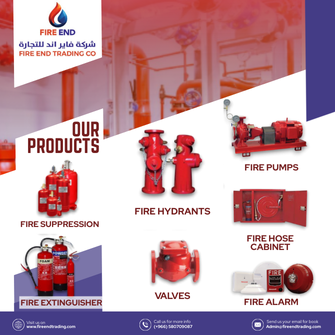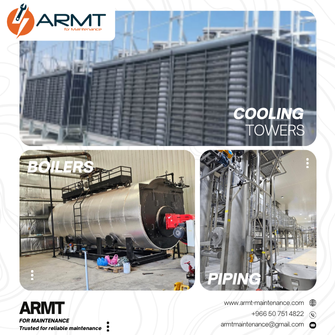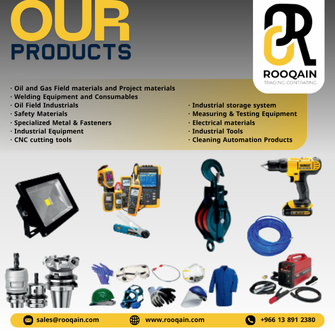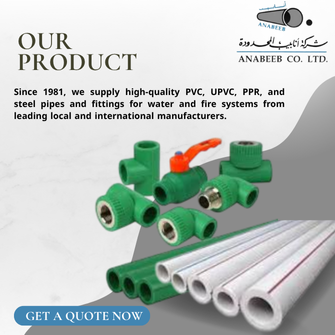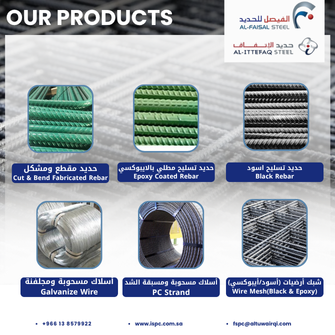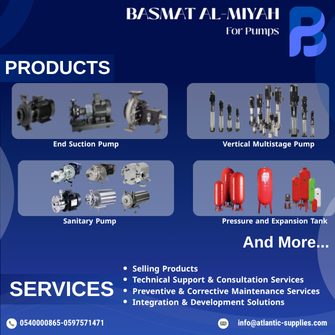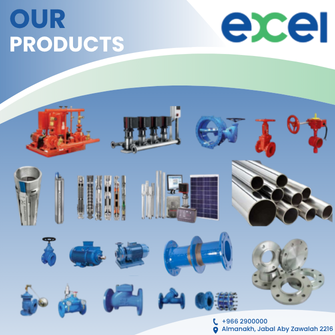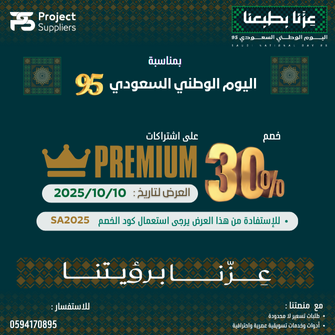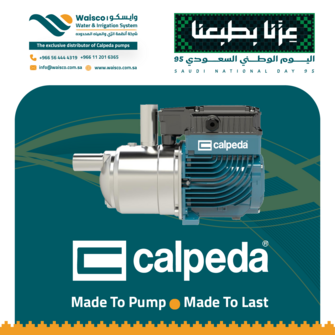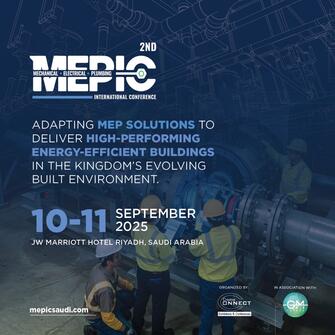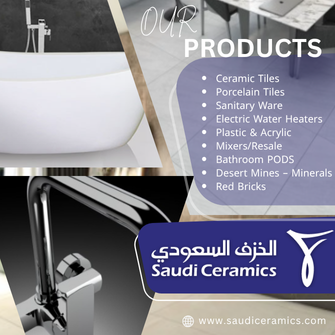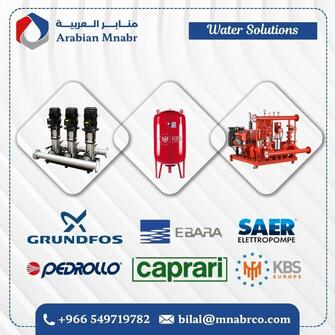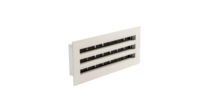Air Outlets - Air Grilles - Air Stacks - Air Registers - Air Diffusers - Air Louvers - Air Terminals - Sand Trap Louvers
advertisement
Gallery
Product Information
Types of air distribution devices:
Grilles and Registers:
A grille is an outlet for supply air or an inlet for return air. A register is a grille with a volume control damper. The vanes, either fixed or adjustable are used for deflecting the airflow. Grilles have a comparatively lower entrainment ratio, greater drop, longer throw, and higher air velocities in the occupied zone compared to slot and ceiling diffusers. Manufacturers specify the performance of the grill in terms of core size or core area, volumetric flow rate of air, effective air velocity, total pressure drop, throw and noise levels. They can be mounted either on the sidewalls or in the ceiling
Ceiling diffusers:
A ceiling diffuser consists of concentric rings or inner cones made up of vanes arranged in fixed directions. Ceiling diffusers can be round, square or rectangular in shape. A square diffuser is widely used for supply air. In the diffusers the supply air is discharged through the concentric air passages in all directions. The air distribution pattern can be changed by adjusting the adjustable inner cones or the deflecting vanes. Ceiling diffusers are normally mounted at the center of the conditioned space. Ceiling diffusers provide large entrainment ratio and shorter throw, hence are suitable for higher supply air temperatures and for conditioned spaces with low head space. Ceiling diffusers can deliver more air compared to grilles and slot diffusers.
Slot diffusers:
A slot diffuser consists of a plenum box with single or multiple slots and air deflecting vanes. These are mounted either on the side walls or in the ceiling. Linear slot diffusers mounted on the sidewalls can be as long as 30 meters. These are used for both supply air and return air. Linear slot diffusers are particularly suitable for large open-spaces that require flexibility to suit changing occupant distribution.
Light Troffer-Diffuser:
A light troffer-diffuser combines a fluorescent light troffer and a slot diffuser. The slot can be used either as supply air outlet or return air inlet. Light troffer-diffusers offer the following advantages:
a) The luminous efficiency of fluorescent lamps can be increased by maintaining lower air temperature in the light troffer
b) An integrated layout of light troffer, diffuser and return slots can be formed on suspended ceilings
c) Improved aesthetics
d) A combination of light troffer and return slot reduces the space cooling load as the return air absorbs a part of the heat emitted by the lights. However, they should be designed such that the return air does not come in direct contact with the tube so that deposition of dust on the fluorescent tube is prevented
Return air inlets:
Different types of return air inlets are used to return the space air to the air handling unit. Requirements of return air inlets are:
a) They should not lead to short-circuiting of supply air
b) Undesirable products such as tobacco smoke, odours etc. should be able to move in their natural direction so that they do not stagnate in the occupied space. To eliminate tobacco smoke, the return air inlets should be placed high in the wall, whereas to remove dust particles etc. the return air inlets should be placed in the floor so that these particles do not float in air.
Similar to supply air outlets, return air inlets can be classified as grilles, registers, diffusers etc. In many commercial buildings the ceiling plenum is used as return air plenum. In this case, return slots are used to draw the return air through the ceiling. In return air inlets the air velocity decreases sharply as the distance from the inlet increases. Based on noise criteria, the air velocity should be within 3 m/s if the return air inlet is inside the occupied space and it should be less than 4 m/s if it is above the occupied space.
Selection of supply air outlets:
Selection depends on:
1. Requirement of indoor environment control: If the indoor environment requires controlled air movement, then a high side outlet should not be used
2. Shape, size and ceiling height of the building: Ceiling and slot diffusers are ideal for buildings with limited ceiling height. For large buildings with large ceiling heights, high side wall mounted outlets are recommended.
3. Volume flow rate per unit floor area: Sidewall outlets are limited to low specific volume flow rates as they give rise to higher air velocities in the occupied zone. Compared to slot diffusers, the ceiling diffusers can handle efficiently a larger volumetric flow rates.
4. Volume flow rate per outlet: The volume flow rate per supply outlet depends on the throw required to provide a satisfactory room air distribution. For linear slot diffusers, the volume flow rate per unit length is important. Its value normally lies between 23 to 62 L/s.m for linear slot diffusers. In a closed office with a floor area of about 14 m2 and only one external wall, one ceiling diffuser is normally sufficient
5. Throw: High side wall outlets have a longer throw than ceiling diffusers. Square ceiling diffusers and circular ceiling diffusers have similar throw
6. Noise level
7. Total pressure drop: The total pressure loss of supply air as it flows through a slot diffuser of 19 mm width is normally between 12 to 50 Pascals, whereas it is between 5 to 50 Pascals for ceiling diffuser. Normally the pressure loss across the supply outlet should not exceed 50 Pascals
8. Cost and Appearance: Finally the cost and appearance of the supply air outlets also have to be considered depending upon the specific application
Performance of various types of supply air outlets are provided by the manufacturers in the form of tables and charts, using which one can select a suitable supply air outlet.
References:
Lesson 39 Space Air Distribution
Looking for new opportunities in the Saudi market?
Receiving real RFQs is the key for new orders.
Here in Project Suppliers platform we gain you the new opportunity.

